What makes an opera diva? And what makes someone “La Divina”? Is it the voice, the stage presence, or the presence of some sort of secrecy, the ability to become an almost mythical figure?
In Maria (2024), the legendary opera singer Maria Callas is deconstructed by director Pablo Larraín. In this biographical psychological drama, we are invited into Callas’ final days in the 1970s, a time when her once-glorious voice and overall health was on steep decline. But, as is often the case with Larraín, we are not simply given a portrayal of events — we are given an experience, an immersion into Callas’ mind and soul, and perhaps, just a glimpse of what made her a tragic, unparalleled icon.
In Maria, Larraín concludes his trilogy of iconic 20th-century women (Ladies with Heels) — following Jackie (2016) and Spencer (2021) — with a deeply sensory, almost hallucinogenic dive into the final days of Maria Callas. The highly expected film premiered at the Venice International Film Festival and has since found its way to Netflix. With Angelina Jolie in the titular role, Larraín’s last installment is an ambitious meditation on art, memory, trauma and the crushing weight of fame.
For those familiar with Chilean filmmaker’s previous works: Maria feels like the perfect conclusion to a trilogy focused on famous women under intense public scrutiny. These films are not about historical facts and thick plotlines; they are psychological explorations. Larraín opens up the emotional and mental worlds of these women, weaving together their struggles with the weight of celebrity, external pressure, and internal conflict. The film feels less like a narrative and more like a dream, one where reality and memory blur with the surreal.
Angelina Jolie, in the title role, commands the screen with a performance that is as mesmerizing as it is haunting. Jolie’s dedication to capturing the essence of Maria is palpable from the get go. According to the actress, she underwent long months of vocal training for the role, reportedly singing all the pieces in the film, right on the set. The result is a remarkable blending of her voice and Callas’ iconic tones, a soundscape that reflects the degradation of both the singer’s vocal ability and her emotional state. At the peak of her career, Callas’ voice is almost entirely hers (90% Callas, 10% Jolie), but by the end, when we hear a fractured version of her singing, it is primarily Jolie’s voice that fills the room. It is an impressive feat for an actress who admits she never thought she could sing, and it adds an extra layer of depth to the film’s exploration of Callas’ decline.
However, Maria isn’t just about the woman’s voice and artistry; it is about her very own perception of the world. Larraín’s direction gives us more than a straightforward narrative; it is an exploration of texture, color, and sensation. The film almost feels like a physical experience (method directing?).
The cinematography by legendary cinematographer Ed Lachman (whose work is never not exceptional) offers up a visual feast. At times, the film feels retro, using saturated colors and various textures to evoke a sense of nostalgia. The opening montage, blending iconic black-and-white photo shoots with fragments of Callas’ career, is jarring but in the best way—suddenly, the past and present collide in an unsettling, dreamlike sequence. And there is always a hint of pink and femininity in the visuals. Beautiful work.
The use of locations—shot in Paris, Budapest and Greece—adds another dose of authenticity to the film. It feels less like a studio creation and more like a living, breathing world that Callas inhabited. When Jolie, dressed in a handmade Greek robe, wearing Callas’ signature glasses listens to records in her living room, she doesn’t feel like an actor playing a part —she feels like Maria herself, connecting with the character’s vulnerability in quiet moments at home. The film works best when it strips away the diva persona and shows us a woman.

Source: Lincoln Center
The movie’s structure is as unconventional as its subject. Centering on Callas’ final days in 1970s Paris, it weaves in flashbacks to her tumultuous career and personal life. From her childhood under an abusive mother – who sold her as a prostitute – to her relationship with Aristotle Onassis, glimpses of Callas’ past are interspersed with surreal sequences where she imagines conversations with her favorite drug of the day (Mandrax), played by Cody Smith-McPhee. Yes, you read that right: Callas’ hallucinogenic trips involve an anthropomorphized drug interviewing her for an upcoming biopic.
These moments could have easily felt gimmicky, but in Larraín’s hands, they are profound. They highlight the fragility of a woman who was both a goddess of the stage and deeply human. Callas’ hallucinations—whether they involve seeing herself as Violetta from La Traviata or envisioning an orchestra materializing in her Parisian apartment or on the street —are not just indulgent fantasies. They are windows into her soul, exposing the pain, regret, and yearning that defined her life.
However, despite all the gorgeous sound design, visual beauty, and deep performances, there’s something that feels off about Maria. Firstly, the melodrama that permeates the entire film is overwhelming. It really is 124 minutes of pure melodrama! The film becomes so saturated with suffering, that it loses the playfulness, wit, and – occasionally – even the vulnerability that made Callas such a fascinating and beloved figure. Her only confrontation with a journalist is top-notch drama too. Reportedly, a number of times she disarmed the press with irony and humor. Her supposedly playful and joyous times with Aristotle Onassis on his yacht? Those moments in the film seemed “plastic” too. Sadness, regret, depression both past and present. That is what we get from this intense, exciting, complex woman. What a shame.
Secondly, at one point in the film, Maria declares that suffering is a necessary element of art. She believes she can’t “close the doors” to her past traumas because through them, her art emerges, joy does not produce real art.
Well, I can’t help but find this perspective harmful and misleading. We are all familiar with the common misconception that to create “great” art, you must be suffering— from depression, mental illness, trauma, etc. This idea is perpetuated throughout the film, where the protagonist, on the brink of both kidney and heart failures, continues to romanticize the notion that pain is a prerequisite for artistry. Girl, stop with that bs!
Of course, art does not require you to be broken. In fact, if you are not healthy—physically, mentally, or emotionally—your work will suffer in the long run. Artists need balance, consistency, and a sense of well-being to produce quality work. Just like every human being.
It is absurd to think that someone like Sylvia Plath, for example, would not have lived a longer, more productive life—and created even more brilliant work—if she’d got help for her mental health and healed.
A few years ago, I remember a stage actor in Europe saying in an interview, he intentionally starved himself to see how his body would react and how low he could push himself. Frankly, it made me want to punch him in the face. What a dangerous and irresponsible statement. Not unlike printing it and circulating an interview like that! It feeds into a toxic narrative that aspiring artists should embrace pain, melodrama, self-victimization and self-destructive behavior in their pursuit of “artistic greatness”. But this has nothing to do with art. Art comes from empathy, observation, and natural life experiences—not from harming yourself or others.
Maria Callas remains a towering figure in the world of opera, her influence felt long after her death. In Italy, where I recently spent time researching her legacy and work with Luchino Visconti, she is still very much alive in the hearts of classical music enthusiasts. People who saw her perform at La Scala can recount every note, every gesture. They speak of her imperfections not as flaws but as marks of her humanity and emotional intensity. And that, I think, is the ultimate triumph of Maria. It does not try to perfect Callas. It lets her be messy, complicated, and real.
Larraín’s film may not be for everyone. And yes, it goes to over-the-top drama and agony. But let’s hope it will raise worldwide attention to classical music, and make audiences want to see and hear more operas!
Maria is now available on Netflix.
~ by Dora Endre ~

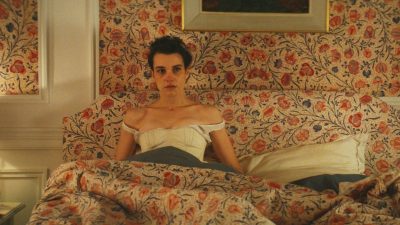

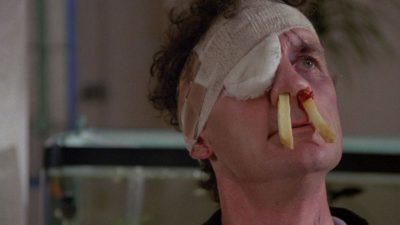
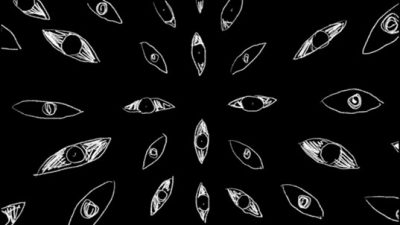
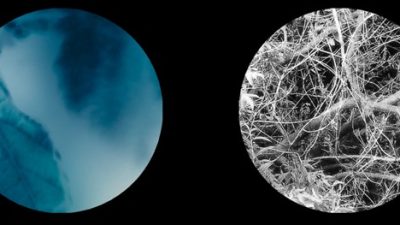








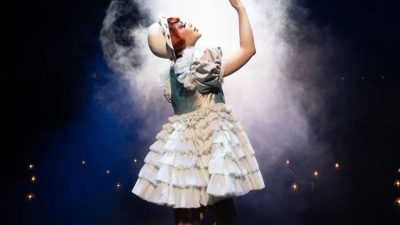




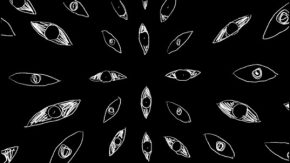





Comments